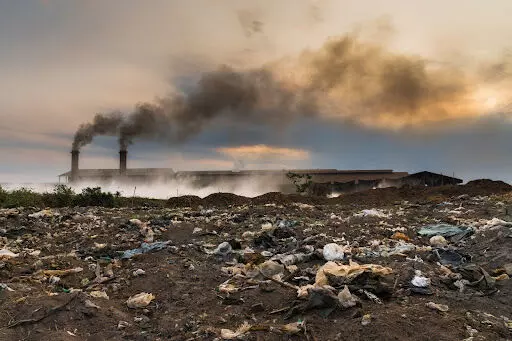Recycling of industrial waste in India: CSE report suggests ways to save natural resources and cut carbon emissions

About 75 crore tonnes of waste generated from industries in India can be reused. This includes steel slag, refuse-derived fuel (RDF), fly ash, red mud, biomass, etc. This will help in reducing the increasing pressure on natural resources. The rapidly increasing emissions can also be curbed. This was said in the report of the Centre for Science and Environment (CSE).
Natural resources will be saved
According to the report titled 'Good Practice in Industrial Waste Circularity', the reuse of industrial waste will save 45 crore tonnes of natural resources like coal and gypsum and prevent five to nine crore tones of carbon emissions. Shobhit Srivastava, manager of CSE's industrial pollution program, said, many Indian industries have done better work in this direction. These need to be taken forward.
Cement from steel slag
According to the report, about 5.25 crore tonnes of steel slag can be produced in India by 2030. Out of this, 35.3 to 41 million tonnes can be used to make cement. Similarly, out of 437 million tonnes of fly ash, 208 to 231 million tonnes can be used in the cement industry.
Valuable resource
CSE Director General Sunita Narayan says that industries contribute more than 30 percent to India's GDP. They are using a large number of natural resources. They are also emitting a large amount of waste. Waste can be a valuable resource.
Reduce carbon emissions through circularity
Nivit Yadav, Director of, the Industrial Pollution Program at CSE, said "It has highlighted how circularity can improve waste management, as well as reduce carbon emissions. It can save resources as well as cut costs."
Need for government policies
The CSE report emphasizes the need to track and record industrial waste in India. To promote circularity, industries should be given incentives. Also, the government should make policies related to waste recycling for different sectors.
